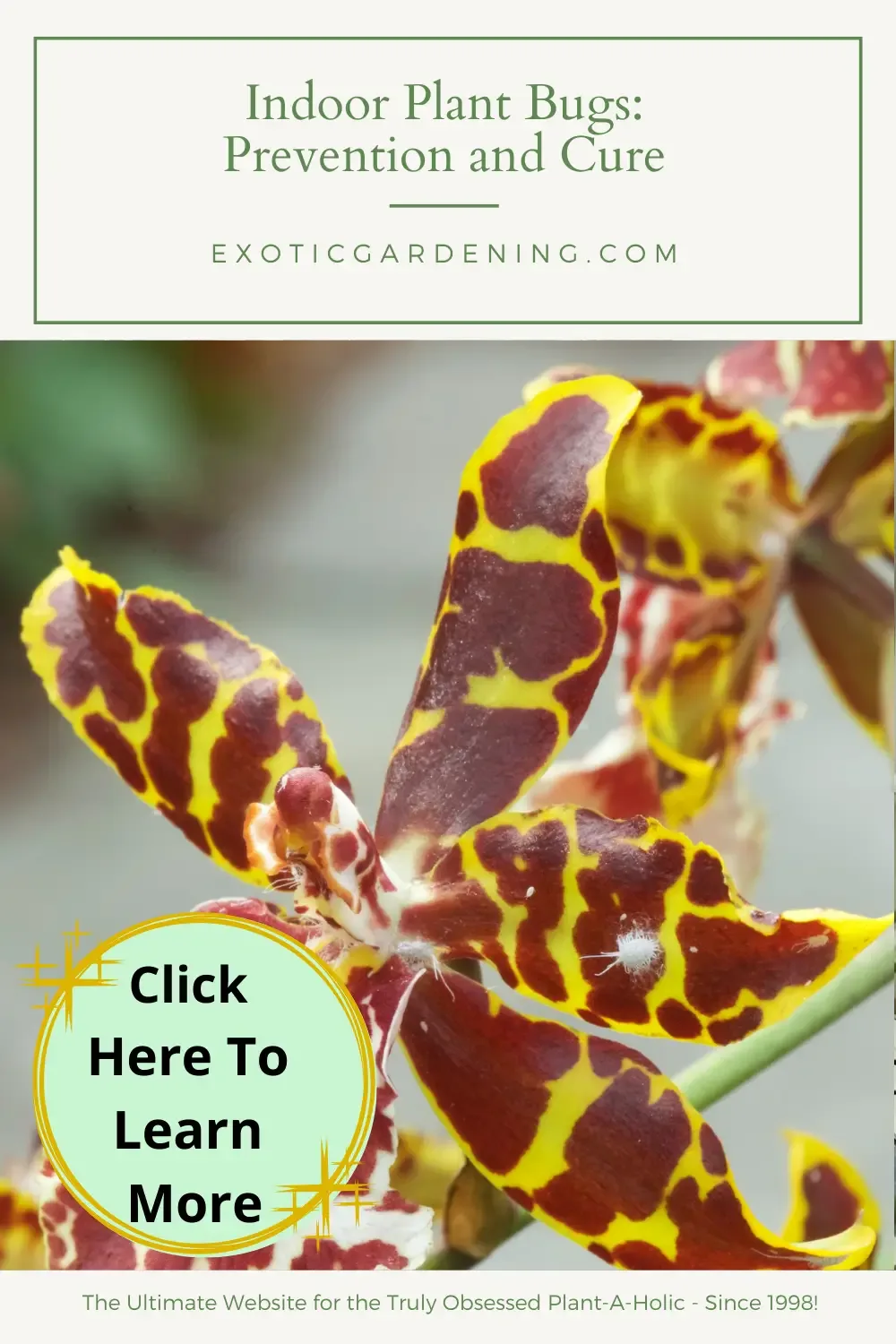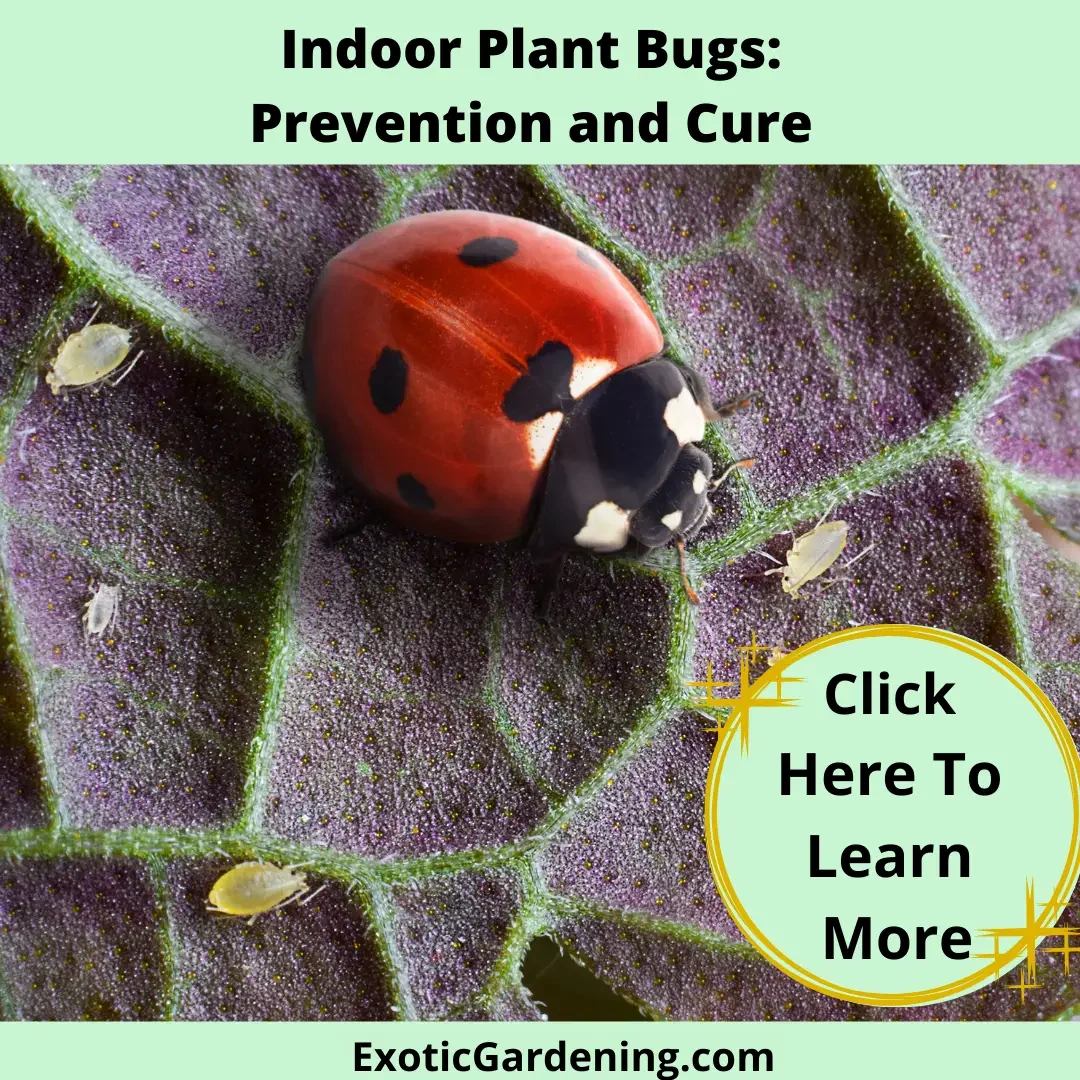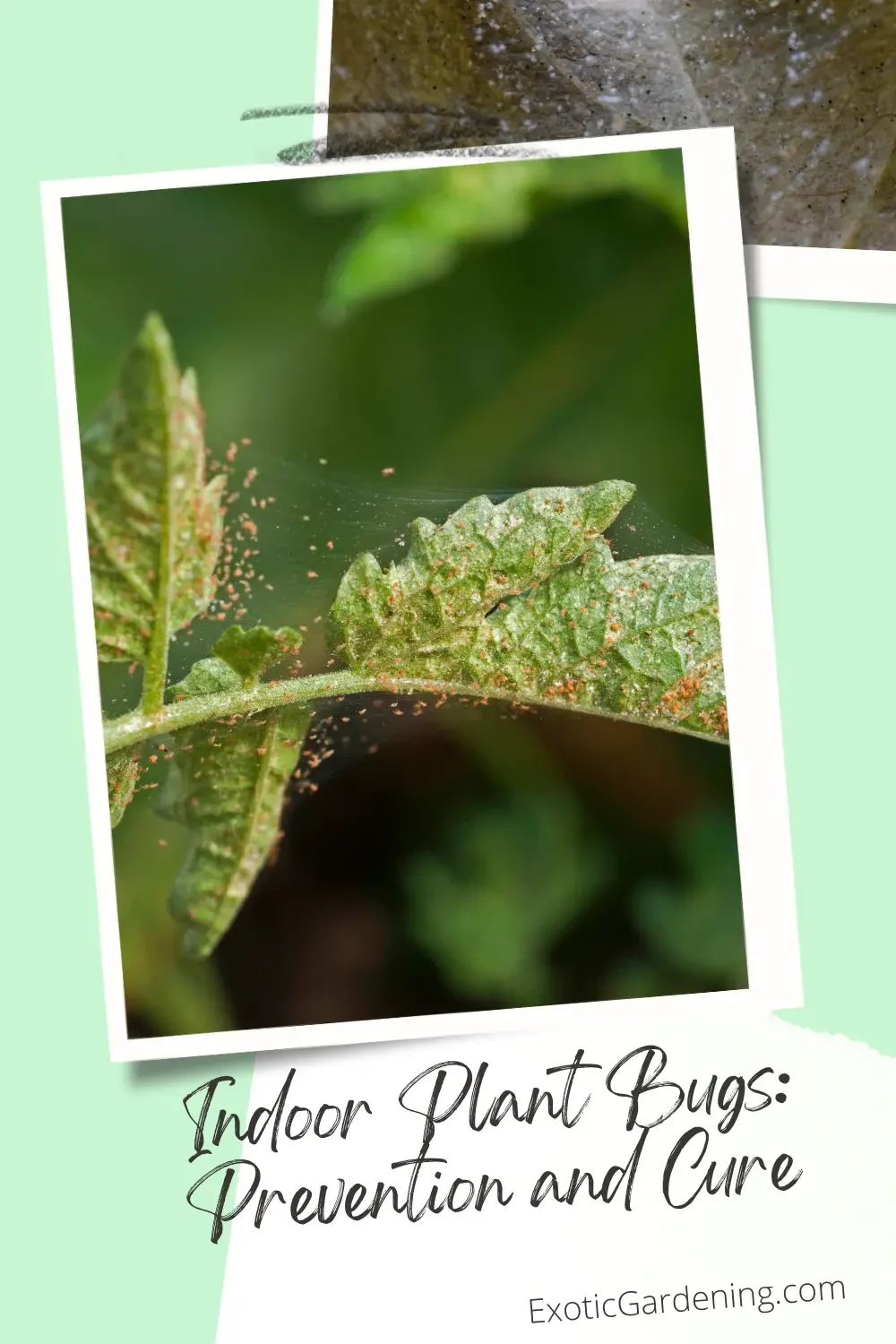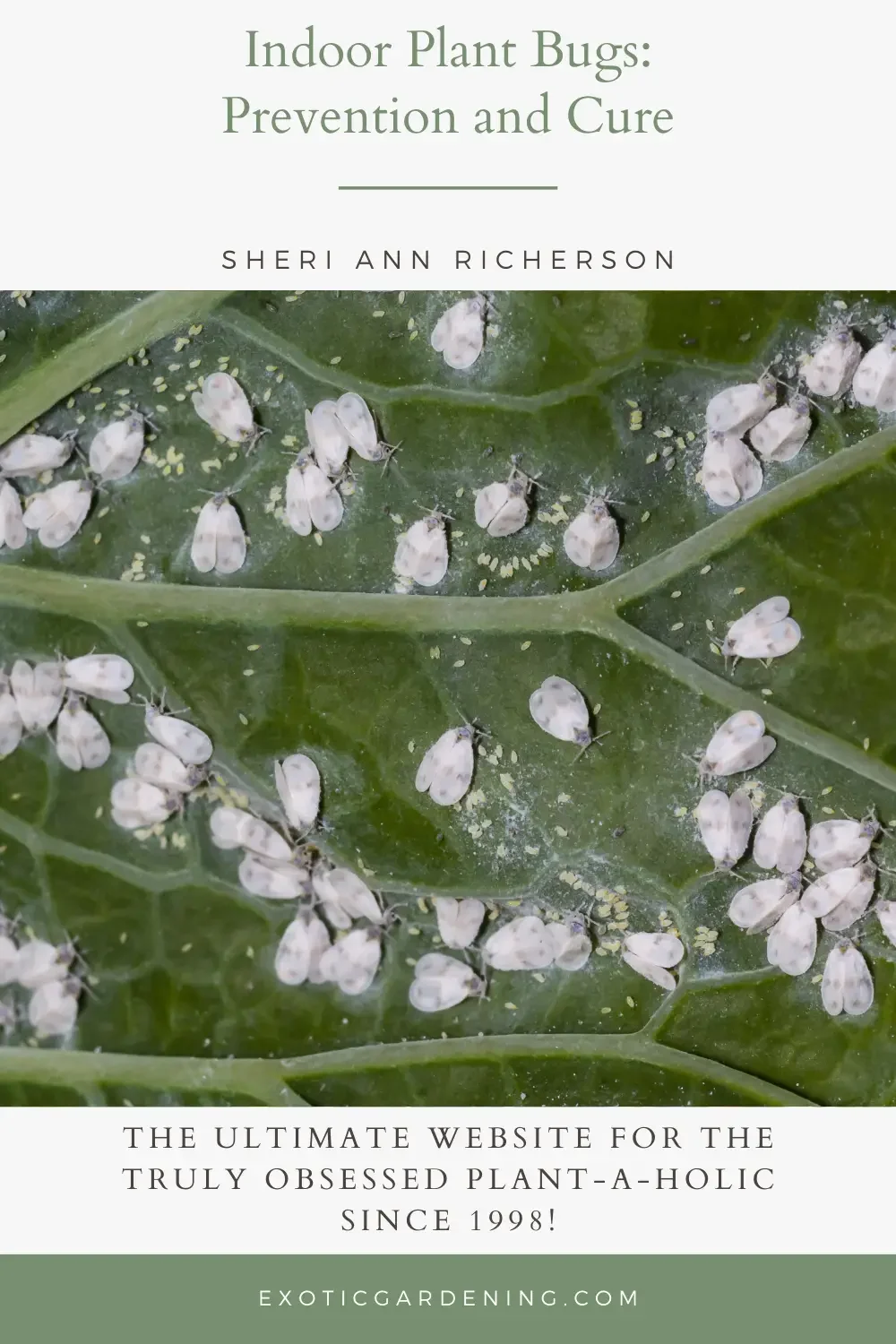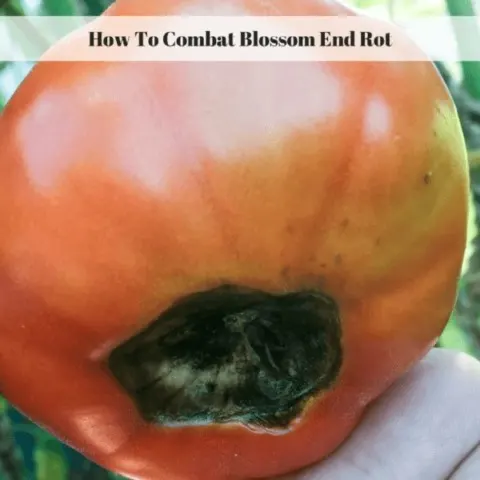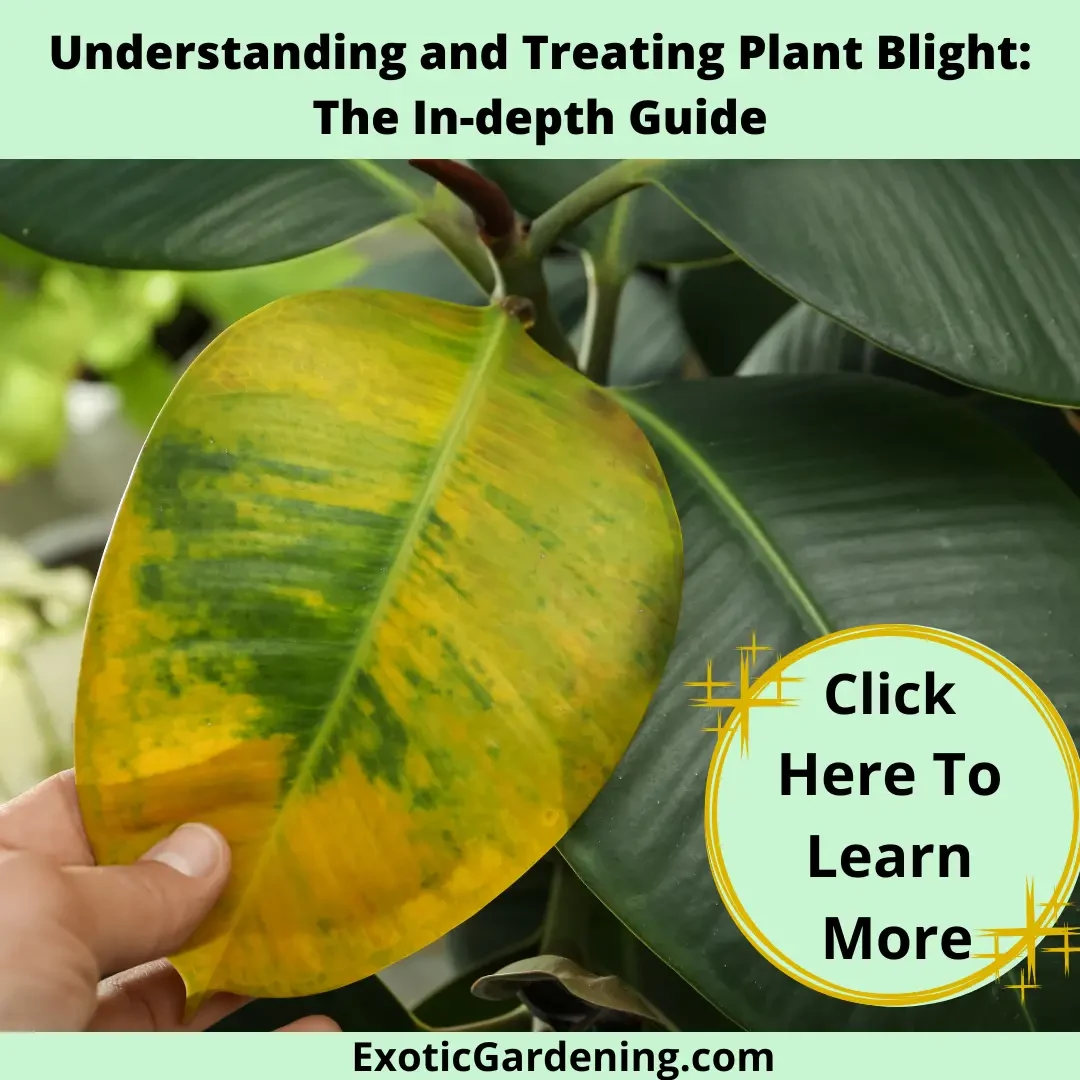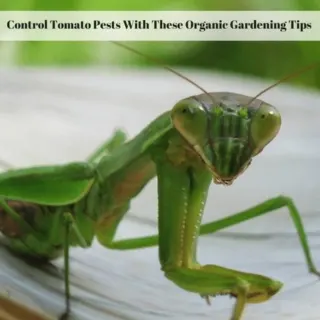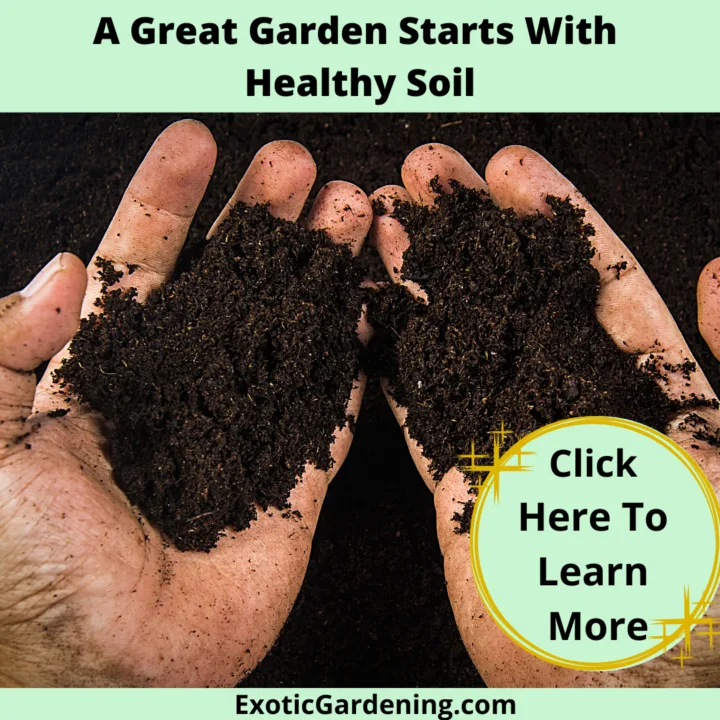Quarantine Procedures: Shielding Your Indoor Garden from Unwanted Guests
Welcoming a new plant into your indoor oasis is exciting, but it's crucial to implement quarantine procedures to protect your established green companions.
Here's a simple guide to safeguarding your space:
- Isolation Station:
- Designate a specific area for new plants, preferably away from your existing indoor garden. This acts as a temporary isolation station to observe the newcomer.
- Observation Period:
- Keep the new plant in quarantine for at least a few weeks. During this time, closely monitor for any signs of pests or diseases. Inspect both the upper and lower surfaces of leaves, stems, and the soil.
- Enhanced Inspection:
- Use a magnifying glass to conduct a thorough inspection. Check for tiny pests, eggs, or unusual spots on the leaves. This meticulous examination helps identify issues before they spread.
- Preventive Measures:
- While in quarantine, implement preventive measures such as introducing beneficial insects like ladybugs or applying a neem oil solution. This adds an extra layer of protection before the new plant joins the main garden.
- Healthy Soil Practices:
- Repot the new plant using fresh, well-draining soil. This not only ensures a healthy start for your new green friend but also minimizes the risk of soil-borne pests.
Remember, if you suspect any of your existing plants may be carrying pests, consider quarantining them temporarily to prevent potential infestations from spreading throughout your cherished indoor garden.
By following these quarantine procedures, you create a buffer zone that allows you to catch potential issues early and maintain the overall well-being of your indoor garden.
It's a small investment in time that pays off in the long run, ensuring a harmonious and pest-free plant environment.
Now, let's talk about those potential houseplant pests and how to deal with them as naturally as possible.
Identifying Common Household Plant Pests
When indoor plants start showing signs of distress, often it's not just overwatering or a lack of sunlight that's the culprit—bugs could be the bane of those beautiful green leaves.
Recognizing the pesky insects causing the problem is the first step towards lush, healthy plants.
Common invaders include aphids, spider mites, and fungus gnats, each with their own tell-tale signs of attack.
Aphids, for instance, are tiny but mighty, sucking sap and leaving a sticky residue called honeydew.
On the other hand, if plants display fine, spider-like webbing, particularly between leaves and stems, that's usually the handiwork of spider mites.
These minuscule critters can cause discoloration and speckled leaves, so keep an eye out.
Fungus gnats are another headache for plant enthusiasts.
These little fly-like insects buzz around and are especially attracted to over-moist soil, where their larvae thrive.
While adult gnats primarily are a nuisance, their larvae can chew on plant roots, impacting the health of young plants or cuttings.
To keep plants bug-free, vigilant inspection is key.
Consistently checking under leaves, near the soil, and even along stems can help detect an infestation early on.
Natural remedies like neem oil or soapy water can be effective treatments, as well as allowing the soil to dry a bit more between watering to ward off gnats.
Remember, defense is the best offense in the game against pests, so staying proactive will keep indoor plants thriving and bug-free.
Preventative Measures for Pest Control
Now let's get down to brass tacks on how to build a fortress against these uninvited guests — the kind that aims to keep your leafy charges in tip-top shape without resorting to the use of harsh chemicals.
First things first, cleanliness is next to, well, pest-free plant bliss.
Always make sure to keep the foliage, pot, and surrounding area free from dust and debris; these can be hotspots for pests.
Trusty tools include a gentle cloth or a soft brush to keep leaves pristine.
Think of it as both a spa treatment for your plants and a defensive strategy rolled into one.
Also, when introducing new plants into your home, quarantining them for a week or two is not an overreaction — it's a sensible measure.
This timeout period allows you to monitor newbies for any hidden bugs before they can mingle with your existing plant family.
Now onto the power of comradeship among plants.
Some plants are not just pretty faces; they're defenders of their kin.
Plants like lavender and rosemary (the musketeers of the plant world) can naturally repel certain pests because of their strong scents.
Incorporating these sorts of aromatic heroes into your indoor garden acts like a botanical bodyguard service.
Meanwhile, maintaining proper watering practices isn't just about quenching thirst; overwatering can attract pests and cause root rot, which invites even more trouble!
Make sure to research the specific hydration needs of your plants and follow through meticulously.
In the realm of indoor gardens, water discipline is a powerful shield in your armory.
Plus, let's not forget the might of good airflow.
Tight quarters aren't just uncomfortable for humans.
Poor circulation can be an open invitation for pests and diseases.
So, giving your plants some breathing room and occasionally employing a fan for circulation can make a world of difference.
Natural and Chemical Pest Eradication Solutions
When battling the pesky invaders of our beloved indoor gardens, it's essential to know that the environment we create can be our best ally.
Encouraging beneficial insects, such as ladybugs or lacewings, inside might not be practical, so creating an inhospitable setting for plant pests is a crucial non-chemical strategy.
Regularly wiping down leaves with a damp cloth not only keeps plants looking spiffy but can also dislodge any unwanted critters trying to make a home there.
Moving beyond the leaf-level, let's talk soil.
Diatomaceous earth, a naturally occurring, gritty powder, can be a game-changer.
Sprinkle it on the soil's surface where creepy-crawlies like to roam; its microscopic but sharp edges are detrimental to pests but entirely safe for plants and humans.
And let's not overlook the power of a strong spray of water - a simple blast can knock pests off the plant, disrupting their life cycle and keeping populations in check.
For those folks who've tried the gentle approach and still find pests crashing their plant party, there might be a need for more, shall we say, 'assertive' options.
Insecticidal soaps and horticultural oils can be effective when used carefully according to label instructions.
These treatments work by coating and suffocating the pests or disrupting their cell membranes.
However, they require direct contact, so thorough application is key.
Be mindful of plant sensitivities and test a small area first to prevent leaf burn.
Remember, no tactic is foolproof on its own.
Integrate these approaches into a routine of watchfulness, and the garden will stand a much better chance of staying serene and pest-free.
After all, plant care is as much about cohabiting with nature as it is about control.
Monitoring and Maintaining Plant Health Post-Treatment
After diligent pest treatment, nurturing your indoor plants back to their vibrant selves is crucial.
Recovery can be as simple as closely monitoring their environment and making sure they have everything they need to flourish.
The post-treatment phase is about creating a balance in care, ensuring conditions do not favor a resurgence of pests, and attending to the plant's overall well-being.
After addressing any pest issues, it's vital to assess and adjust the soil condition.
If chemical treatments were used, consider repotting the plant with fresh soil to remove any residual toxicity that might affect the plant's recovery.
A fresh soil medium can also revitalize a plant's roots, encouraging new growth.
Be mindful to use potting mix appropriate for the plant's type, as this supports root health and reduces stress, allowing the plant to focus on repair and growth.
Additionally, post-treatment is an excellent time to give the plants a boost with appropriate fertilization, but with a gentle hand.
Over-fertilization can lead to a new set of problems, but the right amount can aid in the restoration of your plant's strength.
Opt for a balanced, slow-release fertilizer that won't overwhelm the plant.
This incremental support can help it bounce back by replenishing essential nutrients without the shock of a sudden change.
Maintaining a consistent yet not overbearing watering schedule is also critical at this stage.
Water allows nutrients to flow through the plant, but too much can create soggy conditions that may attract pests or foster diseases.
Ensure the plant has time to dry out between watering and that it's receiving the right quantity for its specific needs.
It's also a perfect time to consider if the plant is getting the appropriate light levels and temperatures to thrive.
Post-treatment care isn't just about addressing immediate concerns; it's about fine-tuning the environment to support long-term health and prevent future problems.
Finally, stay alert and vigilant.
Regularly inspect plants for any signs of distress or re-infestation.
A quick response can make all the difference.
With tenderness and attention, plants will not only recover from past pest troubles but also grow more resilient, ready to stand strong against any future unwanted visitors.
Cultivating Resilient Greenery: A Guide to Long-Term Plant Health
Healthy plants are the cornerstone of any vibrant indoor garden, and the battle against pests is an ongoing one.
Armed with the knowledge of how to identify, prevent, and treat common household plant pests, you now hold the keys to safeguarding your indoor plants.
It's not just about the one-time fix— enduring vigilance and care define the guardianship of your greenery.
Keep an eye out for signs of recovery, remain preemptive against future infestations, and remember, the wellbeing of your plants is a testament to the dedication and love you invest in them.
Let your plants thrive, and they will repay you with a harmonious home brimming with life.
Plant Pests And Diseases
How To Combat Blossom End Rot
Learn how to combat blossom end rot, which is a common problem many gardeners encounter when growing tomatoes.
Understanding and Treating Plant Blight: The In-depth Guide
Master treating plant blight with expert tips. Learn to protect your garden from this common threat. Essential insights inside.
Treat Your Fruit Tree Pests To A Banana Smoothie
Battling fruit tree pests can be a nightmare, but this banana smoothie is an easy way to naturally deal with them.
Control Tomato Pests With These Organic Gardening Tips
These organic gardening tips for controlling pests on tomato plants help you identify, control and get rid of the problem organically.
A Great Garden Starts With Healthy Soil
Learn what healthy soil is and why it is essential when it comes to growing any type of plant from vegetables to flowers or even houseplants.

